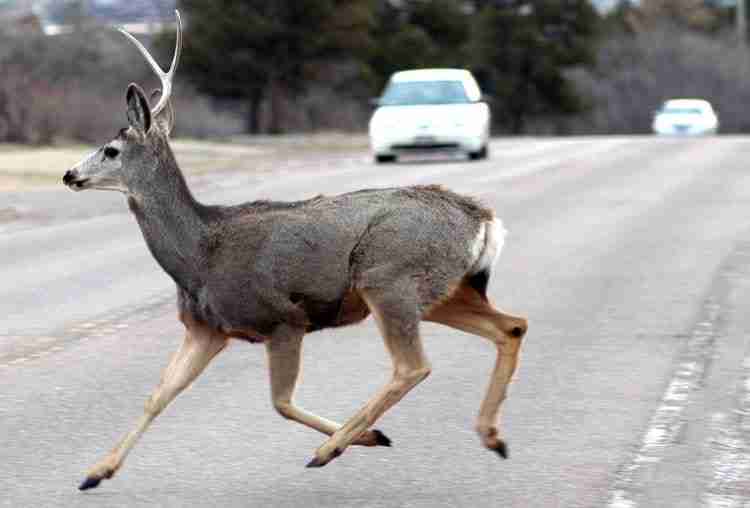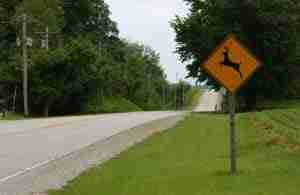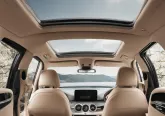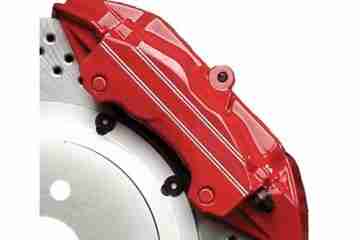Do deer whistles on cars work?

Do Deer Whistles Work On Cars?
 If you’ve ever had a motoring accident involving a deer, you’ll know how damaging it can be. Over the years, there have been numerous different approaches employed to try and reduce the potential for collisions on country roads.
If you’ve ever had a motoring accident involving a deer, you’ll know how damaging it can be. Over the years, there have been numerous different approaches employed to try and reduce the potential for collisions on country roads.
That includes putting up fencing to restrict access, educating drivers to be more aware and even using biological methods such as spraying the vegetation around roads with repellants.
Everyone in a rural setting understands the need for some kind of deterrent. Any collision not only causes injury to the deer but can do significant damage to the vehicle as well as endangering the passengers inside.
According to the Insurance Institute for Highway Safety:
- The deer population increases dramatically in the Fall between October and December.
- There are over one and a half million accidents involving collisions with deer.
- This causes around 150 deaths a year, several thousand injuries and over $1 billion in damage to cars.
One cheap and popular option that has been around for about 20 years is the deer whistle. It can easily be mounted onto any vehicle and provides, so the manufacturers say, a warning to any nearby animal to stay off the road.
How Do Deer Whistles Work?
The deer whistle or deer horn is not a new invention. They’ve been around since 1979 and were originally patented in Austria. People seem to like them because they are a cheap method of potentially frightening deer off the road. They work by creating a high pitch whistle because of the air flow from your moving vehicle. In the past few years, electronic deer whistles have also come onto the market.
Deer Whistles: The Evidence
While much of the early ‘evidence’ relating to deer whistles was anecdotal, a more formal piece of research was carried out in Finland. This seemed to suggest that a variety of animals including deer and bears were alerted to or could hear the high pitch whistle and this could keep them off the road. While this appeared to back up the initial claims for the device, there were problems with the research method that meant it wasn’t an entirely reliable piece of work.
1. What Deer Hear
Sound travels in waves and is characterized by two factors: the frequency and the amplitude.
- Frequency is how close the waves are together. The narrower the distance, the higher pitched the sound.
- Amplitude determines the loudness which means that larger waves are noisier than smaller ones.
Discovering what deer (or any other animals for that matter) are likely to hear is not a simpleonly between 1 and 8 kHz, which corresponds to the sounds they are likely to make individual and as a in certain circumstances.
What the research suggestsTheoretically, they should be able to hear the sound of the deer whistle even if humans cannot. While deer can hear it when the car comes by, it doesn’t necessarily mean they are going to react to it, however. The theory that deer are quite naturally skittish animal and so any strange sound is likely to make them move away is not as concrete as many people believe.
2. The Utah Experiment
Researchers in Utah took a closer look at the effect of the car whistles on the mule deer. They had a large population of different groups to monitor here and used cars that either had whistles or didn’t to provide a comparison. While some deer did move away from vehicles that had whistles fitted, they were just as likely to be affected by a car that had no whistle. In other words, it didn’t make much of a difference either way.
There has been some further work done by Georgia University that came to a similar conclusion. What this research added was that some of the devices used didn’t produce the high-frequency sound that manufacturers promised they would.
3. Berry College Wildlife Refuge Research
Pure tone signals were the focus of another Georgia University experiment, this time at Berry College Wildlife Refuge. This was a more carefully controlled piece of research that used five different, set frequencies that were both loud enough and consistent enough to influence whether deer responded or not. The experiment used a sound system mounted onto a vehicle, and an observer was on hand to record the response of the deer.
Between half and two-thirds of the responses were deemed to be neutral. deer did not respond positively or negatively to the sound. In fact, with the lower frequency used, deer were more likely to move towards the sound than away from it.
Some people who advocate deer whistles have pointed out that this experiment only produced pure sounds of a set frequency. Deer whistles, they say, emit a more complex array of different sounds that are influenced by a wide range of factors. There is, however, little or no evidence or research that has been undertaken to support this point of view or whether it is valid or not.
Other evidence points out that sounds of all types can be affected by the road conditions. The whistle can get lost in the wind or be amplified or dampened depending on the noise of the vehicle that has the whistle installed on it. You also need to take into account the position of the deer when the car approaches as well as their ability to process the sound and determine whether it is threatening or not.
Are Deer Whistles Effective?
It’s most likely that deer collisions are set to increase in the future because of the growing deer population and the higher number of cars on the road. There is little or no concrete evidence that deer whistles provide a suitable deterrent and effectively reduce the number of collisions. Certain manufacturers claim that their devices emit ultrasound frequencies that scare away skittish deer, but this is often not the case at all.
Many experts believe that a far more useful approach is better education for drivers and that more defensive driving is key to reducing the number of accidents in the long term. For example, being aware that more deer tend to be on the road around dusk and dawn and that sighting one deer usually means there are more around the corner as they travel in packs. Using your high beams when on a country road can also help you see animals on the road in time, particularly in heavily wooded areas.
Here are a few expert tips for staying safe on the road around areas where the deer population is high:
- Watch out for other deer when you see just one – they’re generally pack animals and don’t travel alone.
- Keep a special lookout between dusk and dawn.
- Watch out for road signs and adjust your driving behavior accordingly.
- If you are in a deer area on the road with multiple lanes, stick to the middle lane as much as possible.
- Always ensure that you and your passengers are wearing seatbelts.














No Comment